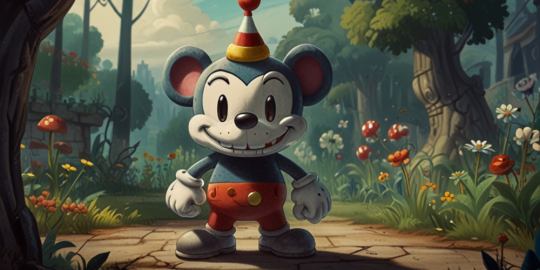
I remember the first time I encountered Cuphead. It was a bold attempt to combine art and gaming in a way that I had never seen before. As a lifelong fan of classic animation, the vintage aesthetics of the game immediately caught my attention. Intrigued, I dove deeper into the world of Cuphead and quickly recognized how it cleverly revived and paid homage to the animation styles of the 1920s and 1930s.
Capturing the Essence of Vintage Animation
The visual design of Cuphead truly encapsulated the spirit of early animation. I was mesmerized by the hand-drawn characters and backgrounds, reminiscent of cartoons like Steamboat Willie and the works of Fleischer Studios. The frame-by-frame animation technique used by the developers struck me as an homage that not only honored the past but also felt fresh and innovative in a contemporary gaming landscape.
The Influence of Classic Cartoons
As I navigated through the beautifully crafted environments, I couldn’t help but notice the various influences woven into the game's design. Every character and setting carried with it the essence of the era, from the exaggerated features of Cuphead and Mugman to the whimsical but also sinister nature of their enemies. This blending of lightheartedness with darker themes felt like something pulled straight from classic cartoons, adding layers to the storytelling.
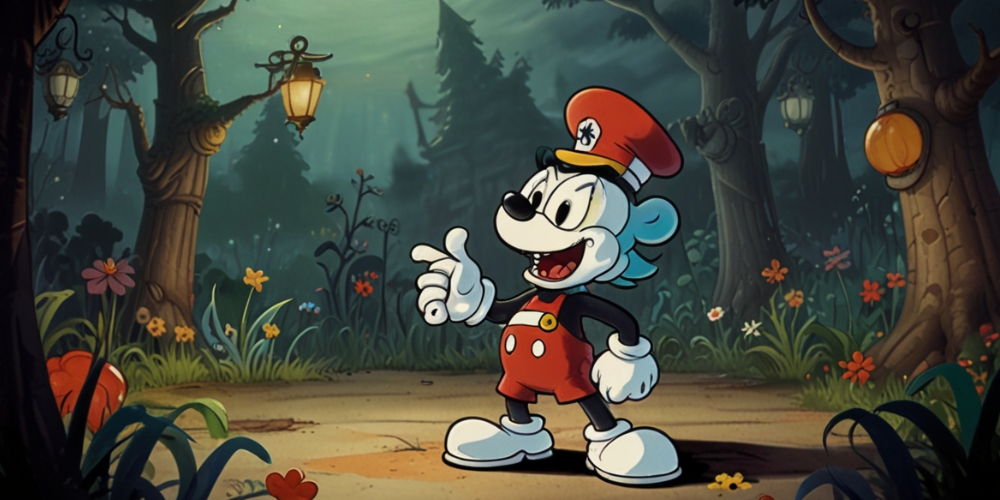
Incorporation of Jazz Music
The auditory experience of Cuphead adds another dimension to the nostalgia. The game’s jazz soundtrack feels like a direct nod to the golden age of animation, where music played an integral role in storytelling. I found myself tapping my feet to the upbeat tunes that accompanied each level, which contributed to the energetic feel of the gameplay. The music not only enhanced my gaming experience but also deeply resonated with my appreciation for the jazz age.
Challenges that Embody Retro Gameplay
Beyond the aesthetic appeal, Cuphead delivers a level of challenge that harkens back to retro gaming. As I progressed through the game, I faced fierce bosses that required not only skill but also patience and timing, reminiscent of titles from the past that demanded player dedication. This difficulty, combined with precise controls, served as a reminder of the rewarding nature of overcoming obstacles in gaming.
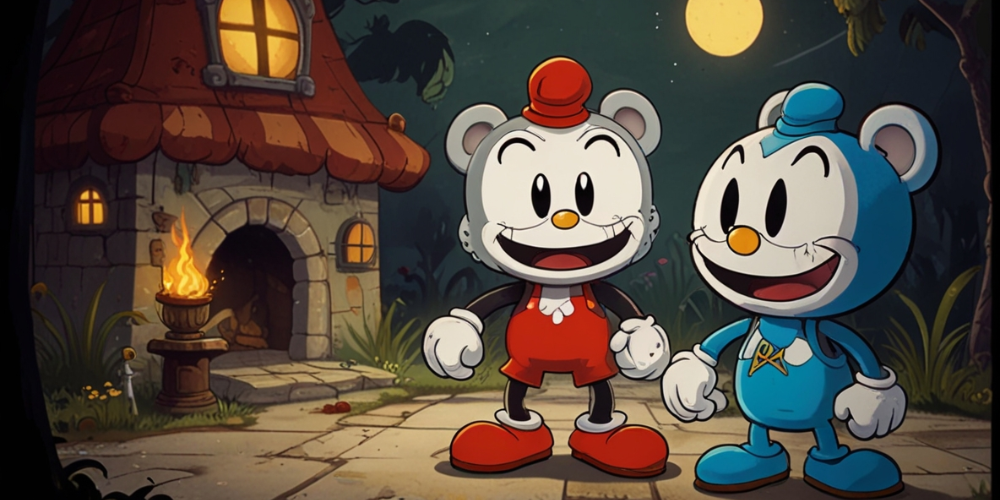
The Artistic Process Behind Cuphead
Learning about the development process behind Cuphead opened my eyes to the dedication that went into creating this masterpiece. The studio, MDHR, spent years hand-drawing each frame and designing the game’s vibrant world. Their commitment to traditional techniques in an age dominated by technology inspired me to appreciate the lengths they went to in order to revive classic animation styles.
Character Design and Development
As I became more familiar with the game, the character design increasingly intrigued me. Each character, from the whimsical to the terrifying, showcases a unique personality and a style that feels both timeless and current. The charm of Cuphead and Mugman as protagonists stands in stark contrast to the menacing designs of their adversaries, crafting an engaging narrative filled with colorful characters that pulls players into the story.
Narrative and Story Presentation
The storytelling approach taken by Cuphead is unique and refreshing. The narrative unfolds in a manner similar to classic animated shorts, complete with humorous interludes and quirky dialogue. It creatively connects the player to the setting, making each encounter feel purposeful and entertaining. I appreciated how the storytelling elements reflect the simplicity yet depth of old cartoons.
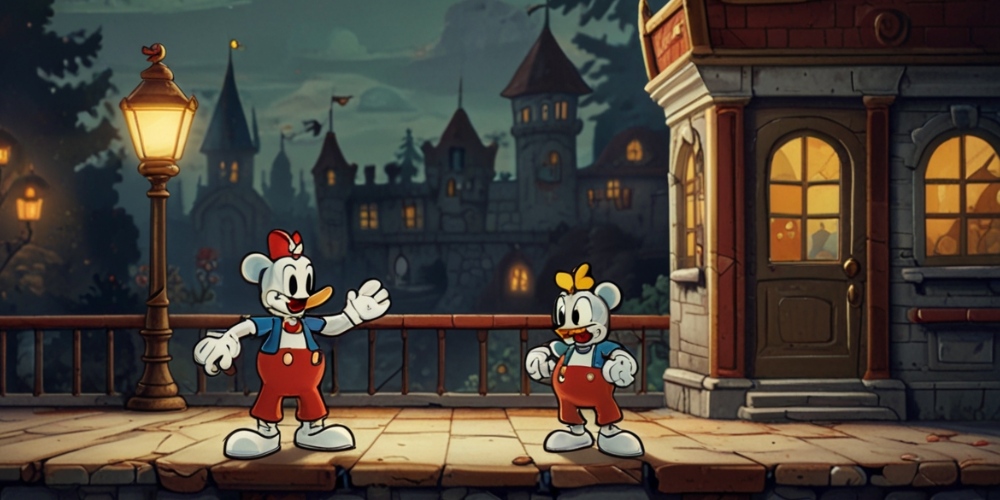
Art Style Versus Gameplay Mechanics
One of the things I admired most about Cuphead was how seamlessly the art style integrates with gameplay mechanics. The fluidity of the animations is not just for aesthetic pleasure but directly affects gameplay. The distinctive visual style aids in distinguishing between different attacks and movements, allowing me to strategize in real-time. This cohesiveness between art and mechanics is a hallmark of great game design.
The Role of Humor in Animation
Humor has always been at the core of classic cartoons, and Cuphead retains this fundamental element. The game skillfully blends absurdity with charm, making even the most challenging encounters enjoyable. Finding myself giggling at the over-the-top attacks of bosses and their quirky personalities reminded me of the slapstick comedy found in early cartoons.
Community and Cultural Impact
I observed that Cuphead sparked a cultural phenomenon, galvanizing a community of fans and creators. Art inspired by the game flooded social media, with many showcasing their take on the characters or creating fan art. The game became part of a larger conversation about reviving traditional art forms in contemporary media while celebrating the rich history of animation.
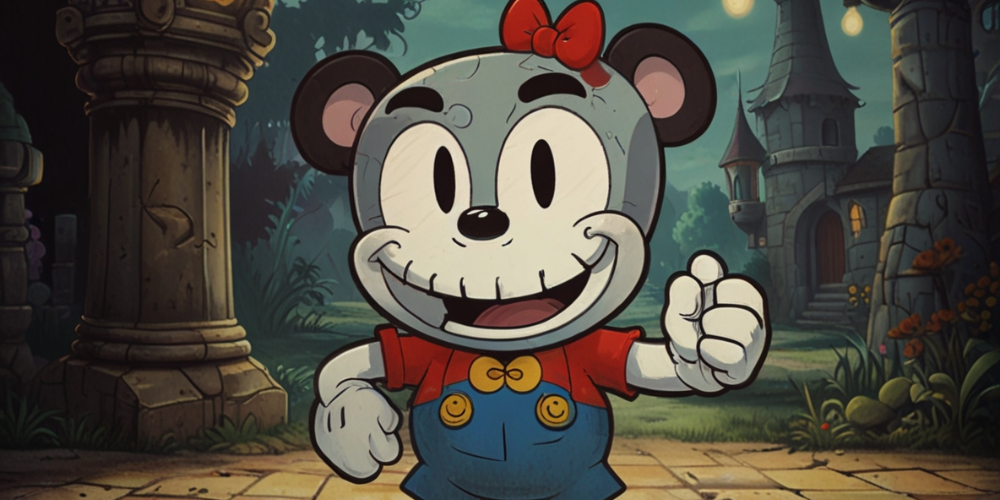
Merchandising and Branding
As I ventured deeper, I noticed how Cuphead expanded beyond the confines of gaming. The game’s unique style influenced merchandise, ranging from collectibles to apparel, capturing the hearts of fans worldwide. The demand for Cuphead products demonstrated the lasting impact of the game’s artistic revival, further solidifying its place in modern pop culture.
Exploring the Expansions
With the DLC expansion, The Delicious Last Course, I was eager to see how the developers would build upon their original vision. The new content introduced various elements while remaining true to the original’s essence. New characters and levels expanded the game world, and I appreciated how it all stayed true to the dazzling animation style that initially pulled me in.
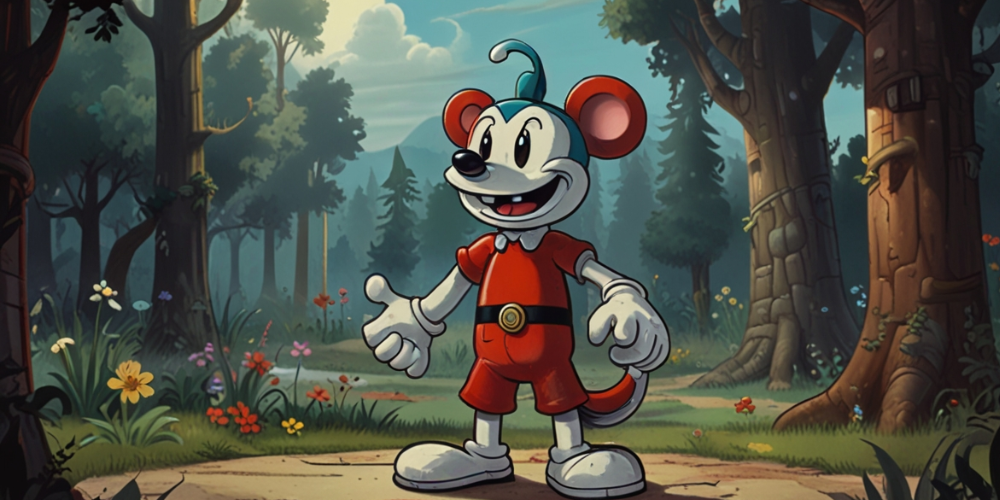
The Influence on Future Titles
Cuphead undoubtedly paved the way for future titles, inspiring developers to consider the aesthetics and storytelling approaches of classic animation. As I played through the game, I could sense a rekindled interest in traditional animation techniques in contemporary gaming, encouraging creativity and innovation in the industry. I looked forward to seeing how this revival would influence upcoming games.
The Personal Connection with Cuphead
Ultimately, my journey with Cuphead isn’t solely about the game itself, but about the personal connection I developed with it. It reignited my love for classic animation, and as I played, I found myself reminiscing about my childhood and the cartoons that shaped my imagination. This game became a bridge between nostalgia and modernity, seamlessly connecting the two worlds.